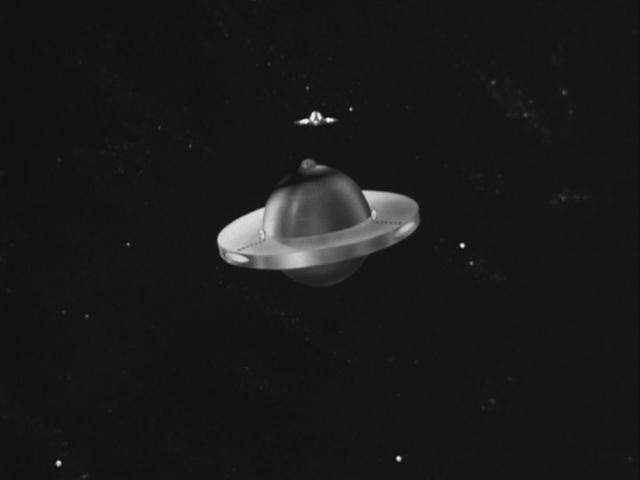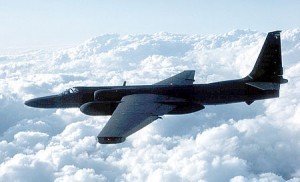Here’s my amateur version of the late William Safire’s long-standing tradition of offering annual predictions. The list for 2015, the FW eighth-annual edition:
1. The biggest policy discussion of 2015 will be
A. City of Whitewater’s scrutiny of vendors
B. Campus culture and policies
C. Police Department community relations
D. Over debates about the direction of the Whitewater Schools
2. For the Whitewater Schools, the biggest issue will be over
A. Finances
B. Academics
C. Extracurricular activities
D. There will be no big issues during the year
3. Whitewater’s economy will
A. Expand along with the American economy
B. Expand more slowly than the American economy
C. Be stagnant
D. Fall into recession
4. Gov. Walker will
A. Run for president to considerable nationwide attention throughout the year
B. Run for president with little nationwide notice throughout the year
C. Decide not to run
D. Move to Whitewater
5. After the spring general election, Common Council will be
A. Farther to the left
B. Farther to the right
C. Unchanged in ideology
D. Deeply but closely divided by personality
6. The Municipal Administration leadership (full-time staff) will see
A. One leader leave
B. Two leaders leave
C. More than two leave
D. No leaders leave
7. The search for a new chancellor at UW-Whitewater will
A. Be mostly a campus matter
B. Be mostly a local, non-campus matter
C. Be mostly a state matter
D. Continue into 2016
8. The city commission that gets the most attention in 2015 will be the
A. Urban Forestry Commission
B. Police and Fire Commission
C. Community Development Authority
D. Tech Park Board
9. UW-Whitewater athletes will win
A. No national championships
B. One national championship
C. Two or three national championships
D. Four or more national championships
10. 2015 will see an invasion of
A. Tourists
B. Locusts
C. Extraterrestrial beings from Zeta Reticuli
D. Ferrets
Adams’s guesses for 2015:
1. The biggest policy discussion of 2015 will be
B. Campus culture and policies. All four choices will be big topics, but UW-Whitewater will draw significant attention over its policies.
2. For the Whitewater Schools, the biggest issue will be over
B. Academics. District leadership would prefer a discussion of something else, or a discussion of academics on their own terms. It doesn’t matter: that’s not the discussion they’ll get.
3. Whitewater’s economy will
B. Expand more slowly than the American economy. I wish it were otherwise, but we’ll lag an expanding American economy. Relying on state grants won’t expand our economy; those pushing these ideas have long since run out of effective options for the city.
4. Gov. Walker will
B. Run for president with little nationwide notice throughout the year. He’ll run, but if he does well in the GOP primary contest, a surge won’t be evident until 2016. Others will draw more attention in ’15.
5. After the spring general election, Common Council will be
B. Farther to the right. Just a bit, I think. Council will see three new members and one incumbent re-elected.
6. The Municipal Administration leadership (full-time staff) will see
B. Two leaders leave.
7. The search for a new chancellor at UW-Whitewater will
C. Be mostly a state matter. Campus and local notables will not play a decisive role; the Walker Administration will play a significant, behind-the-scenes role in the selection of a new chancellor.
8. The city commission that gets the most attention in 2015 will be the
C. Community Development Authority.
9. UW-Whitewater athletes will win
C. Two or three national championships. An excellent year, by any standard, despite notable departures among coaches and athletes.
10. 2015 will see an invasion of
D. Ferrets. In New York City, there’s talk of lifting a ban on ownership of domesticated ferrets. I doubt the ban will be lifted. That’s a problem, as there are thousands of clandestinely-owned ferrets in the Big Apple.
When those many ferrets realize that the ban on their residency within New York City will not be lifted, they’re sure – out of pique and frustration – to decamp to another place.
Most likely, that place will be Whitewater. There must be vast numbers of ferrets in the Five Boroughs who will march westward to our small city. By mid-October, I’d guess, this city will be teeming with aggrieved, edgy, Mustela putorius furo.
Thousands, if not tens of thousands.
I’d suggest reading up now, while there’s still time: A Ferret Care Guide for Beginners.
You’ll be glad you did.




















